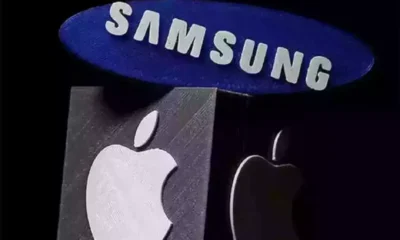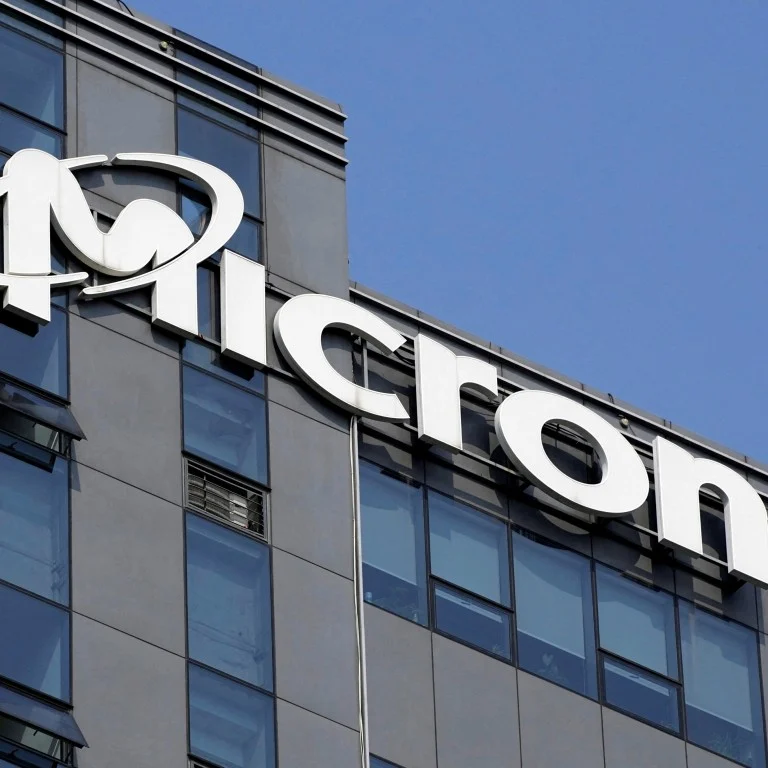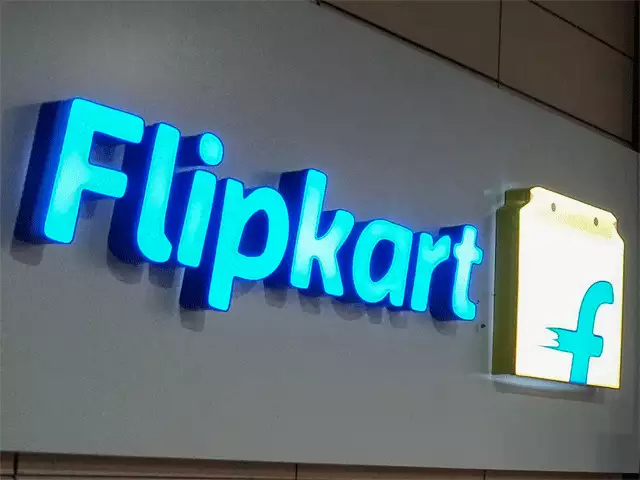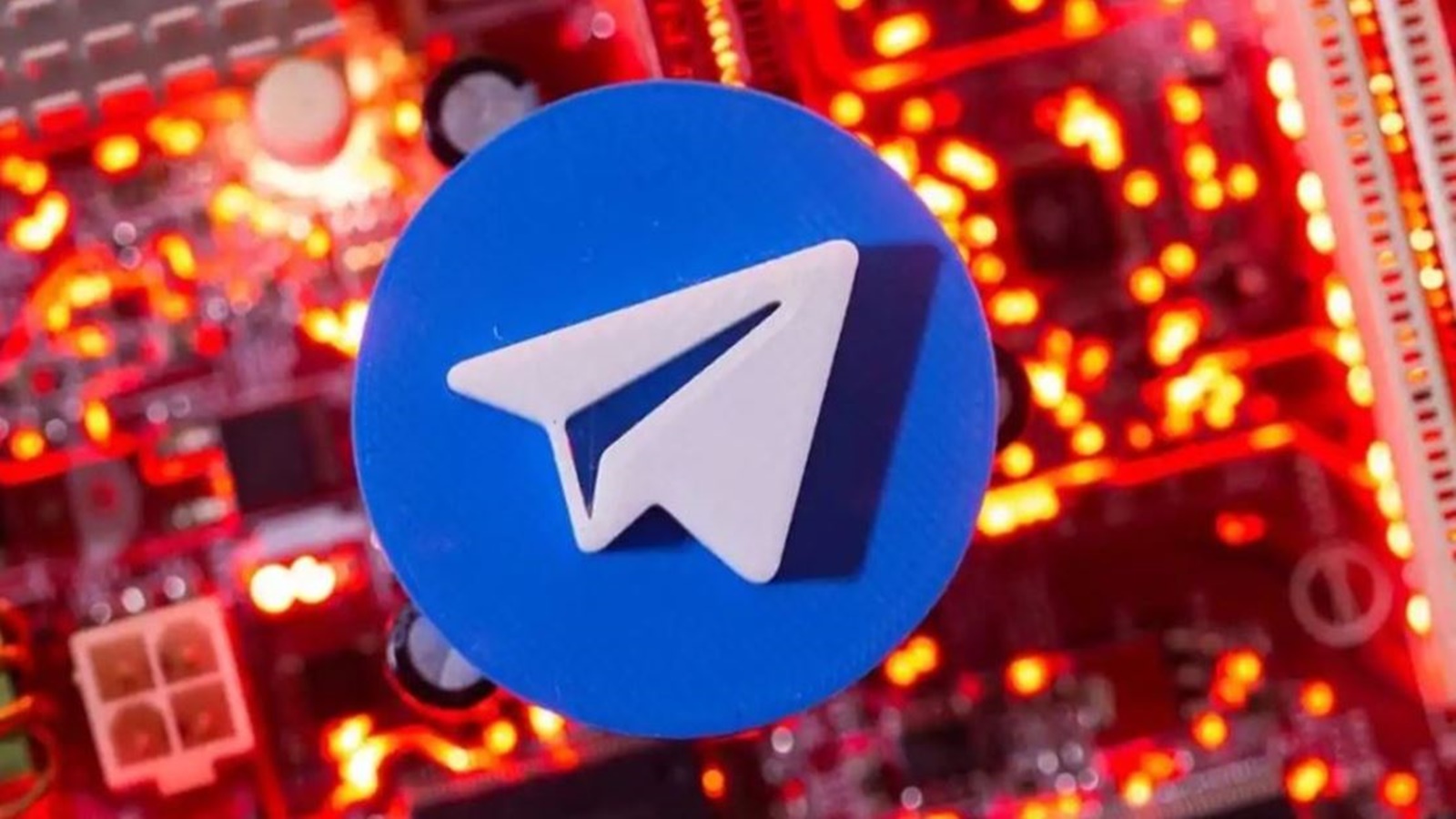Durov, Telegram’s sole owner, emphasized the app’s impressive growth, boasting 900 million active users and a versatile platform for seamless communication.
The Telegram messaging app, hailed as one of the most popular social media platforms in Ukraine and Russia, is poised to exceed 1 billion active monthly users within the next year, according to its founder Pavel Durov. In a rare interview with US journalist Tucker Carlson, Durov expressed his optimism about the app’s meteoric rise, likening its growth to that of a “forest fire.”
Durov, who fully owns Telegram, shared his insights during the interview, highlighting the app’s remarkable trajectory. With currently 900 million active users, Telegram has emerged as a ubiquitous platform for communication, offering users the ability to send and receive messages, make calls, and share files seamlessly.
Emphasizing Telegram’s commitment to neutrality, Durov stressed that the app aims to remain a “neutral platform” and avoid entanglement in geopolitical issues. This stance aligns with Durov’s personal experiences, as the Russia-born entrepreneur fled his homeland in 2014, citing government interference in his company.
Despite its massive user base, Telegram faces stiff competition from Meta Platforms’ WhatsApp, which boasts over 2 billion monthly active users. However, Telegram’s rapid ascent suggests its potential to challenge established players in the social media landscape.
Reports have surfaced indicating Telegram’s intention to pursue a US listing once the company achieves profitability. This strategic move could further solidify Telegram’s position as a formidable contender in the global market.
Since Russia’s full-scale invasion of Ukraine in 2022, Telegram has emerged as a pivotal tool for both governments and citizens seeking unfiltered information about the conflict. Major media outlets, government entities, and public figures in both countries utilize Telegram to disseminate news and engage with their audiences.
Ukraine’s President Volodymyr Zelenskiy leverages the platform to share daily video addresses, while the Ukrainian armed forces utilize Telegram to provide updates on battlefield developments and warn of impending air raids. Similarly, the Kremlin utilizes Telegram to announce President Vladimir Putin’s activities, while Russia’s opposition leverages the platform to rally support.
However, Telegram’s growing influence has not been without controversy. Critics argue that the platform has become a breeding ground for misinformation and manipulation. In response to these concerns, a bill was submitted to the Ukrainian parliament in March, proposing stricter regulation of Telegram and other social networks. Moreover, the Kremlin has urged Durov to exercise greater vigilance, following allegations that Telegram was used to facilitate the recruitment of gunmen responsible for an attack on a concert hall outside Moscow in March.
This incident underscores the challenges associated with managing a platform of Telegram’s scale and reach. Despite these challenges, Telegram’s exponential growth and widespread adoption underscore its significance in the global social media landscape. As the app continues to expand its user base and influence, it remains to be seen how regulators and stakeholders navigate the complex dynamics of information dissemination and user privacy in the digital age.
Telegram’s ascent to becoming a powerhouse in social media has been propelled by its commitment to user privacy and encryption. Unlike many other platforms, Telegram offers end-to-end encryption, ensuring that users’ communications remain private and secure. This feature has garnered praise from users concerned about data privacy and surveillance, further contributing to Telegram’s popularity.
Moreover, Telegram’s open-source nature allows developers to create a plethora of third-party apps and bots, expanding the platform’s functionality and versatility. From productivity tools to entertainment options, Telegram’s ecosystem continues to evolve, offering users a wide array of features tailored to their needs.
The platform’s versatility extends to its role in facilitating communication during times of crisis. During emergencies, such as natural disasters or political unrest, Telegram’s ability to provide real-time updates and coordinate relief efforts has proven invaluable. Its decentralized infrastructure and robust encryption make it a preferred communication channel for activists, journalists, and citizens seeking to disseminate information securely.
However, Telegram’s rapid growth has also raised concerns about its potential misuse for nefarious purposes. The platform has been criticized for enabling the spread of fake news, hate speech, and extremist propaganda. In response, Telegram has taken steps to curb misinformation and illegal activities, including implementing AI-powered content moderation tools and banning channels promoting violence or hate speech.
Despite these efforts, the platform continues to grapple with the challenge of balancing free expression with the need to maintain a safe and responsible online environment. As Telegram approaches the milestone of 1 billion monthly active users, the company faces mounting pressure to address these issues effectively while preserving its core principles of privacy and neutrality.
Looking ahead, Telegram’s trajectory as a leading social media platform appears promising. With its commitment to innovation, user privacy, and decentralization, Telegram is well-positioned to continue shaping the future of digital communication. As the platform expands its reach and influence, stakeholders must work collaboratively to address the challenges and opportunities that accompany its growth, ensuring that Telegram remains a force for positive change in the global social media landscape.


 Opinion2 years ago
Opinion2 years ago
 Fashion7 years ago
Fashion7 years ago
 Entertainment7 years ago
Entertainment7 years ago
 Entertainment7 years ago
Entertainment7 years ago
 Opinion2 years ago
Opinion2 years ago
 Business News2 years ago
Business News2 years ago
 Policy&Politics2 years ago
Policy&Politics2 years ago
 Business News2 years ago
Business News2 years ago















